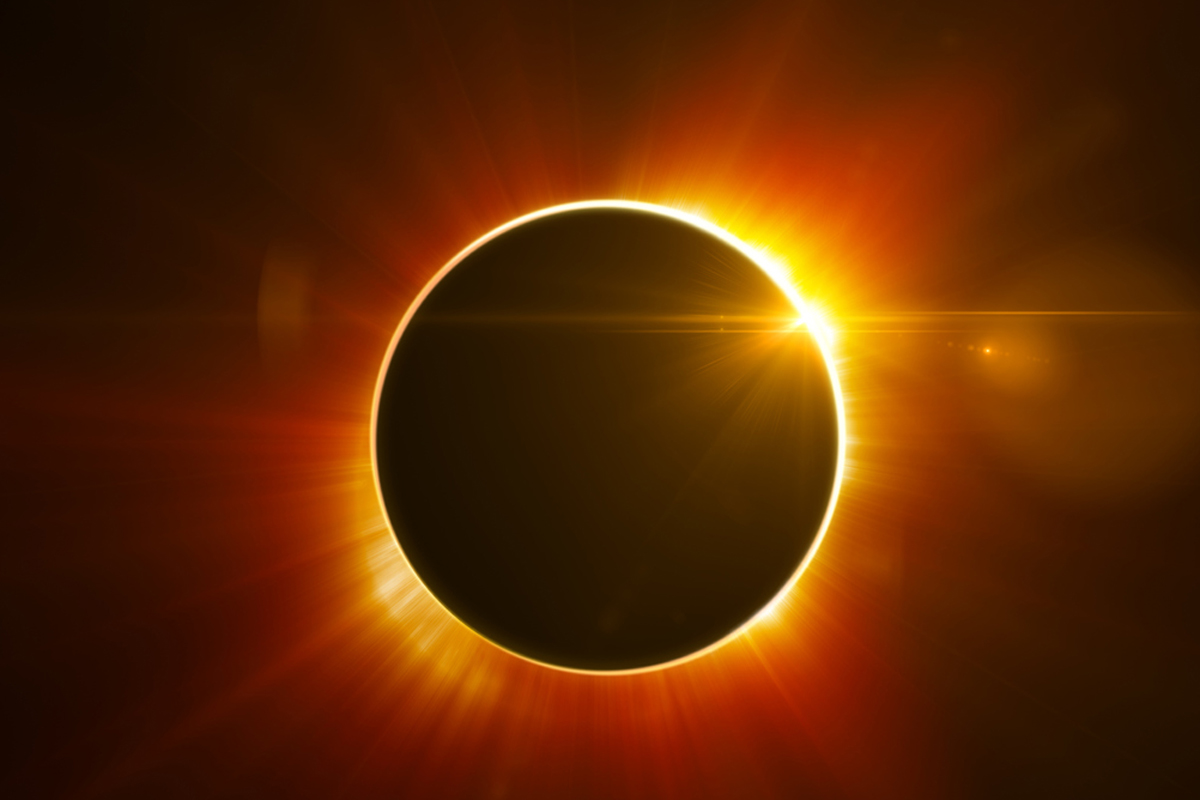City misses the sun most on a chilly day
The minimum temperature was recorded at 6 degrees Celsius, three notches below the season's average.
Experts in north Bengal, along with the rest of the world, are keeping a close watch on this geomagnetic storm, as it may cause a major interference with GPS navigation, mobile phone signal and satellite TV and can also blow up electric transformers and cause power failures at many places around the world.

(Representational image: iStock)
The root cause of all miseries and sufferings on the Earth during the past two years seems to be the dreaded word – “corona.” With all the chaos happening in the world because of the deadly coronavirus, a massive solar storm, originating from the Sun’s corona, that is the outermost part of the Sun’s atmosphere, is expected to hit the Earth today.
Weeks after a powerful solar flare created a blackout over the Atlantic, weather forecasters issued warnings this morning that a high-speed stream of solar wind, called a “coronal mass ejection,” is expected to batter many parts of the planet. Experts in north Bengal, along with the rest of the world, are keeping a close watch on this geomagnetic storm, as it may cause a major interference with GPS navigation, mobile phone signal and satellite TV and can also blow up electric transformers and cause power failures at many places around the world.
According to Dr Bikash Chandra Paul, senior professor, Department of Physics, University of North Bengal, geomagnetic storms basically refer to major or minor disturbances occurring in the Earth’s magnetosphere due to the efficient exchange of energy from solar winds entering the Earth’s space environment.
Advertisement
“Solar storms have their roots in an 11-year cycle that shifts the polarity of the Sun’s magnetic field. The magnetic forces at work on the sun get tangled during the process and can punch out through the surface, sending the sun’s plasma into outer space and potentially triggering storms on Earth,” he said.
Explaining the process, the senior fellow of the Royal Astronomical Society, London, UK, said that a dark hole had opened up in the atmosphere of the Sun creating a stream of charged particles and high-speed solar winds and the temperature in the hole had fallen down to almost half from 600 Kelvin to around 3, 500 Kelvin.
“The energy from the Sun – both heat and light energy – originates from thermo-nuclear fusion that occurs constantly inside the core of the Sun. The Sun is a mainsequence star, and thus generates its energy by nuclear fusion of hydrogen nuclei into helium. During the fusion process, four hydrogen atoms combine and get converted into one helium atom, two positrons and two neutrinos. The process produces a huge amount of energy in the tune of over 24 Mega electronvolts. The neutrinos, which are neutral in charge, come out and float about in the space in solar system and also enter and pass through the Earth’s atmosphere harmlessly, while the positrons, which have a positive charge, are pulled back by the Sun’s magnetic field. But sometimes, when a large amount of positrons are produced at a time, the Sun’s atmosphere cannot pull it back and this leads to a solar storm,” he explained.
The renowned astrophysicist said that due to solar storms, the outer atmosphere of the Earth could be heated which could have a direct effect on satellites. “The Sun had recently ejected one of the biggest solar flares observed in over four years that caused a radio blackout over the Atlantic.
The X-class solar flare ionized the top of Earth’s atmosphere, causing a shortwave radio blackout over the Atlantic Ocean.
In the past, solar flares have caused frequent disturbances in radio transmissions. The solar storm that we will face today is expected to hit satellites operating in the Earth’s upper atmosphere, impacting GPS navigation, mobile phone signals and satellite TV.
The flares also have the potential of affecting power grids in some parts of the world. The current in power lines can be high, which can also blow transformers,” he cautioned. Dr Paul assured that there was, however, a silver-lining to the storm.
“Generated at an equatorial hole that has recently popped up in the Sun’s atmosphere, the storm can lead to auroras on the poles as it strikes with Earth’s magnetic field. Due to the magnetic field of the Earth, the charged positrons are most likely to concentrate towards the poles and their interaction with the negatively charged particles there will liberate enormous light energy and this may cause the emergence of visually pleasing auroras in north and south latitudinous regions. People living at northerly or southerly latitudes can expect to see beautiful aurora during the night time,” he said.
Advertisement